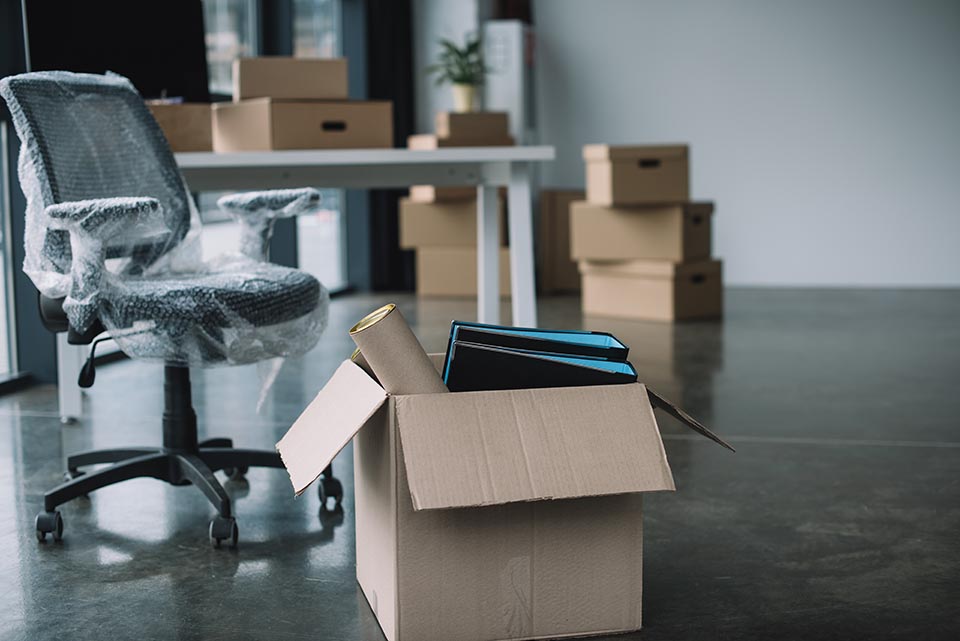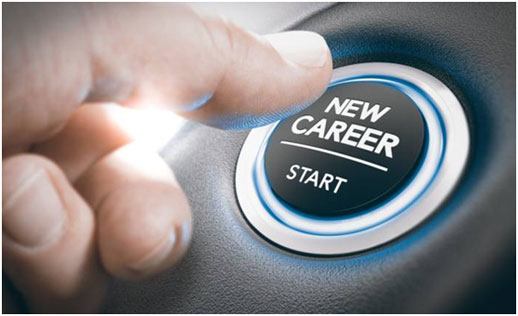The Nasdaq, the stock index where tech companies are largely found, has hit the highest level since 2000. According to BBC News, The S&P 500 has hit yet another record high, pushed up by consumer and technology stocks.
During the formation of a tech bubble, investors begin to collectively think that there’s a huge opportunity to be had, or that it’s a “special time” in the markets. This leads them to purchase stocks at prices that normally wouldn’t even be considered. New metrics are often used to justify these stock prices, but fundamentals as a whole tend to take a backseat to rosy forecasts and blind speculation.
A tech bubble may end with a crash, or may simply deflate as investors slowly lose interest and sales pressure pushes stock valuations back to normalized levels. “There is a clear consensus that we are witnessing our second tech bubble in 15 years,” the New York-based firm said in a quarterly letter to clients, according to a report by Bloomberg News.
Hedge fund manager David Einhorn has said in a letter released letter to clients that, according to Zero Hedge, “in our view the current bubble is an echo of the previous tech bubble, but with fewer large capitalization stocks and much less public enthusiasm.”
Fortune journalist, Adam Lashinsky, who was offered “friends and family” shares in Arista’s upcoming initial public offering, wrote that, “When tech startups are willing to offer almost anyone — even a journalist — shares ahead of an IPO, a burst isn’t terribly far behind.”
The last time the bubble burst, and the US economy fell into recession it dragged parts of the rest of the world with it. The Fed cut interest rates at that time to stimulate the economy. As interest rates are now at virtually 0%, there is less room than before to help the economy, according to BBC News.
Image credit: www.npr.org










































